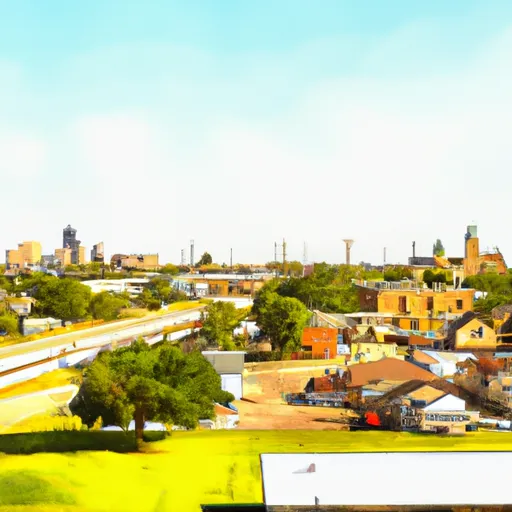°F
°F
mph
Windspeed
%
Humidity











Seguin, Texas is a charming city located in Guadalupe County, with a rich history and a variety of outdoor recreational opportunities. The city enjoys a subtropical climate, characterized by hot and humid summers, mild winters, and ample precipitation throughout the year. Summers in Seguin are typically hot, with temperatures frequently exceeding 90°F (32°C), while winters are mild, with temperatures rarely dropping below freezing.
Hydrologically, Seguin is nestled along the banks of the Guadalupe River, providing residents and visitors with opportunities for water-based activities such as fishing, boating, and swimming. The river also supports a diverse ecosystem, attracting wildlife enthusiasts and birdwatchers.
In terms of outdoor recreation, Seguin offers a range of options. The nearby Lake McQueeney and Lake Placid are popular destinations for water sports and fishing. Nature lovers can explore the Max Starcke Park, which features hiking and biking trails, picnic areas, and a championship golf course. The nearby Guadalupe River State Park and Palmetto State Park provide additional opportunities for camping, hiking, and wildlife observation.
Overall, Seguin, Texas, with its pleasant climate, scenic waterways, and abundant outdoor recreational opportunities, is a perfect destination for nature lovers and adventure enthusiasts.
Weather Forecast
Seguin receives approximately 842mm of rain per year, with humidity levels near 83% and air temperatures averaging around 21°C. Seguin has a plant hardyness factor of 8, meaning plants and agriculture in this region tend to thrive here all year round.
Regional Streamflow Levels
12
Cubic Feet Per Second
24
Cubic Feet Per Second
13
Cubic Feet Per Second
83
Cubic Feet Per Second
Nearby Camping
| Camping Area | Reservations | Toilets | Showers |
|---|---|---|---|
| Muleshoe Bend - Lake Travis | |||
| Lake Corpus Christi State Park | |||
| Grelle - Lake Travis | |||
| Emma Long Metropolitan Park | |||
| Jim Hogg - Lake Georgetown | |||
| Pace Bend Park - Lake Travis |



